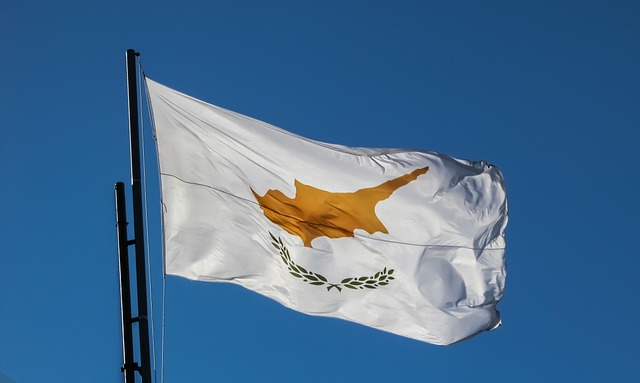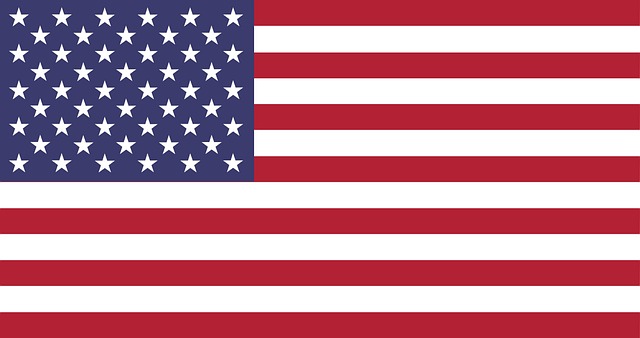The 1st Cavalry Division Flag and historical cavalry banners are valuable artifacts that narrate military history. These flags, from ancient to 19th-century units, serve as educational displays in museums and help preserve the legacy of cavalry forces. Reproduction flags can be displayed with proper care, using suitable mounting techniques like acid-free fabric and frames to maintain their vibrancy and historical significance. Preserving these flags involves protecting them from direct sunlight, humidity, and improper adhesive use to ensure longevity.
Uncover the captivating world of cavalry flags, powerful symbols of military heritage. This article delves into their historical significance, serving as a testament to the valor and traditions of cavalry units worldwide. We explore the 1st Cavalry Division Flag, dissecting its unique design elements and rich heritage. Learn optimal display methods, from choosing suitable mounting to care guidelines, ensuring your collection’s longevity. Discover how to showcase these historic flags, preserving their legacy for future generations.
- Understanding Cavalry Flags: Their Historical Significance and Display Importance
- The 1st Cavalry Division Flag: Unveiling Its Heritage and Design Elements
- Choosing the Right Mounting and Display Methods for Optimal Presentation
- Care and Preservation Tips for Ensuring Longevity of Your Cavalry Flag Collection
Understanding Cavalry Flags: Their Historical Significance and Display Importance

Cavalry flags, like the iconic 1st Cavalry Division Flag, hold immense historical significance and play a crucial role in military history and display. These colorful banners have served as symbols of pride, unity, and identity for cavalry units across different eras. In the past, they were essential tools for unit recognition, communication, and morale boosting during battles. Each flag is meticulously designed to reflect the regiment’s heritage, achievements, and values, making them valuable artifacts that tell stories of bravery and sacrifice.
When displayed properly, these flags become a focal point in military museums and exhibits, providing visitors with an opportunity to delve into the rich history of cavalry units. The 19th-century cavalry unit flags, for instance, offer a glimpse into the tactical and aesthetic evolution of military symbolism. As part of a cavalry unit standards guide, these displays educate both military enthusiasts and the general public about the significant role cavalry forces have played in shaping warfare throughout history.
The 1st Cavalry Division Flag: Unveiling Its Heritage and Design Elements

The 1st Cavalry Division Flag stands as a powerful symbol of military heritage and history. This iconic banner holds deep significance, dating back to its original creation during a pivotal period in American cavalry history. Designed with meticulous care, it showcases intricate details that reflect the division’s valor and traditions. Each element tells a story of battles fought and victories won, serving as a tangible link to the past.
The flag’s design incorporates classic symbolism often seen in reproduction period cavalry banners. It features bold colors and precise embroidery, depicting historical motifs that have been meticulously passed down through generations. These visual elements not only pay homage to the 1st Cavalry Division’s rich legacy but also make it a striking centerpiece for any display case. Ultimate Flags and similar online stores offer high-quality replicas, ensuring that enthusiasts can proudly showcase this symbol of military prowess in their collections or historical exhibits.
Choosing the Right Mounting and Display Methods for Optimal Presentation

When displaying a 1st Cavalry Division flag or any historic military heritage symbol, the choice of mounting and display methods significantly impacts its presentation and longevity. Opting for the right techniques ensures that the flag’s colors, details, and historical significance remain vibrant and apparent to viewers. For instance, using high-quality materials like acid-free fabric and sturdy frames can preserve the flag over time, making it a centerpiece in any exhibition or museum setting.
Re-created historic 1st Cav flags, with their intricate designs reflecting the division’s emblem history, deserve special care. Mounting them on a wall, either in a frame or with decorative hooks, allows for easy viewing while preventing unnecessary handling. Alternatively, showcasing these flags on a stand or pole can replicate their historical usage, providing a dynamic and immersive display that connects viewers to the military heritage symbols they represent.
Care and Preservation Tips for Ensuring Longevity of Your Cavalry Flag Collection

Caring for and preserving your collection of 1st Cavalry Division flags is essential to ensure their longevity and maintain their historical value. These vintage pieces are a glimpse into military history, so proper handling and storage are crucial. Start by keeping them away from direct sunlight, as UV rays can fade the colors over time. Avoid storing them in humid environments as well, as moisture can cause the fabric to deteriorate. Regularly dust your flags using a soft cloth or brush to prevent dirt and debris buildup.
When displaying your 19th-century cavalry unit flags, consider using acid-free frames to support the fabric and protect it from physical damage. Avoid using tape or glue, which can leave permanent marks. For online resources, websites similar to Ultimate Flags offer a vast selection of display options, ensuring you find the perfect solution for showcasing your collection. Flag stores like Ultimate Flags also provide expert advice on care and preservation, allowing you to make informed decisions to keep your historical treasures in top condition.
Cavalry flags, like the iconic 1st Cavalry Division Flag, hold immense historical value and serve as tangible links to our military past. Their display, therefore, requires careful consideration of both aesthetic presentation and preservation methods. By understanding the significance of these flags, selecting appropriate mounting techniques, and implementing effective care practices, collectors can ensure their cavalry flags remain vibrant testaments to our military heritage for generations to come.
